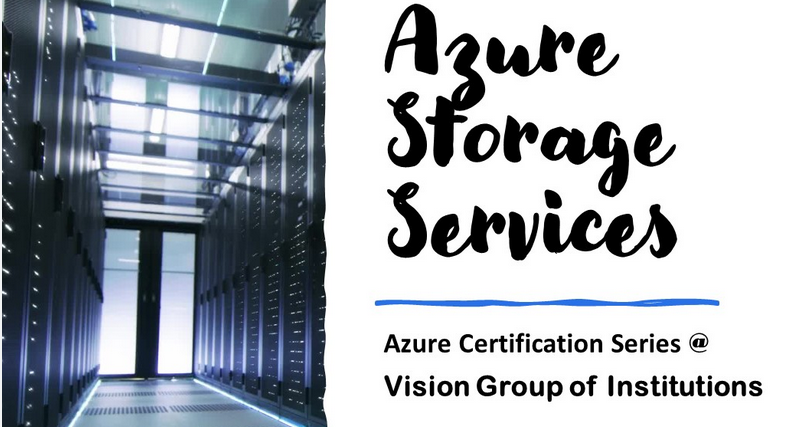The Day 2 operations of the infrastructure is one of the key elements of a successful implementation. Often, underestimating Day 2 operations leads to a suboptimal solution design, which is hard to maintain, leading to dissatisfaction. Day 2 operations is the phase when your team will spend most of the time working with the environment.
As a best practice, your architecture should be built with the primary focus on the Day 2 operations:
- Ensure you engage the IT operations team when presenting key design decisions.
- Plan to train the IT operations team on the new technologies.
- Include runbook updates as a part of your design implementation.
- Explain the key lifecycle management changes when moving to VMware Cloud on AWS.
- Validate current monitoring/backup/automation tools for compatibility. Recommend updating or switching to other tools if necessary.
VMware Cloud on AWS can streamline the Day 2 operations of the environment:
- Infrastructure lifecycle management (https://vmc.techzone.vmware.com/resource/infrastructure-lifecycle-management-done-you-vmware-cloud-aws) is covered by the vendor – VMware
- Log management/operations/automation tools in the VMware Aria product portfolio are available as integrated services that ease deployment and integrations
- Many complex Day 2 operations procedures are offered as additional, non-billable services – cluster conversion, capacity management, and advanced network troubleshooting
However, VMware Cloud on AWS also differs from an on-premises vSphere environment in a few key ways:
- Most of the infrastructure-level settings (ESXi host, vSphere cluster, vCenter) are predefined by VMware and cannot be changed. The settings’ values may be different from what you are using in your environment.
- The permission model does not allow full access to the environment, including vCenter, ESXi, and NSX manager. This may limit some operations and/or optimization you are performing in your on-premises environment.
- Backup compatibility: VMware requires each vendor of a backup solution to undergo a certification process to validate the compatibility with VMware Cloud on AWS. Make sure your current backup solution is certified or you will need to plan a transition to a different product/vendor. You can check the following kb article outlining certification for various backup solutions (https://kb.vmware.com/s/article/76753).
Make sure to address key Day 2 operations challenges in the design phase. It’s not helpful if you find out your backup vendor is incompatible after workload migration!
Contract documentation
VMware offers VMware Cloud on AWS as a managed service. As a consumer of cloud services, you should double-check all the relevant contract documentation before making a purchase decision. VMware has simplified and consolidated access to contract documentation on a separate web page (https://www.vmware.com/agreements.html). Use this page to look for terms and agreements for VMware products and services. For VMware Cloud on AWS, we recommend you review the following set of documents:
- VMware Cloud Service Guide (https://www.vmware.com/content/dam/digitalmarketing/vmware/en/pdf/agreements/vmware-cloud-services-guide.pdf): This guide defines the terms applicable to all cloud services provided by VMware. The guide has a separate section dedicated to VMware Cloud on AWS, covering the requirements for an AWS account, details of Microsoft product licensing, PCI compliance, capacity requirements, and much more. This guide is your first port of call to understand some of the configurations and options available with VMware Cloud on AWS.
- Service Level Agreement (SLA): The SLA document serves as a basis for understanding availability with VMware Cloud on AWS. This document outlines the availability commitments, SLA events, requirements, and the definition of SLA Credits (https://www.vmware.com/content/dam/digitalmarketing/vmware/en/pdf/support/vmw-cloud-aws-service-level-agreement.pdf).
